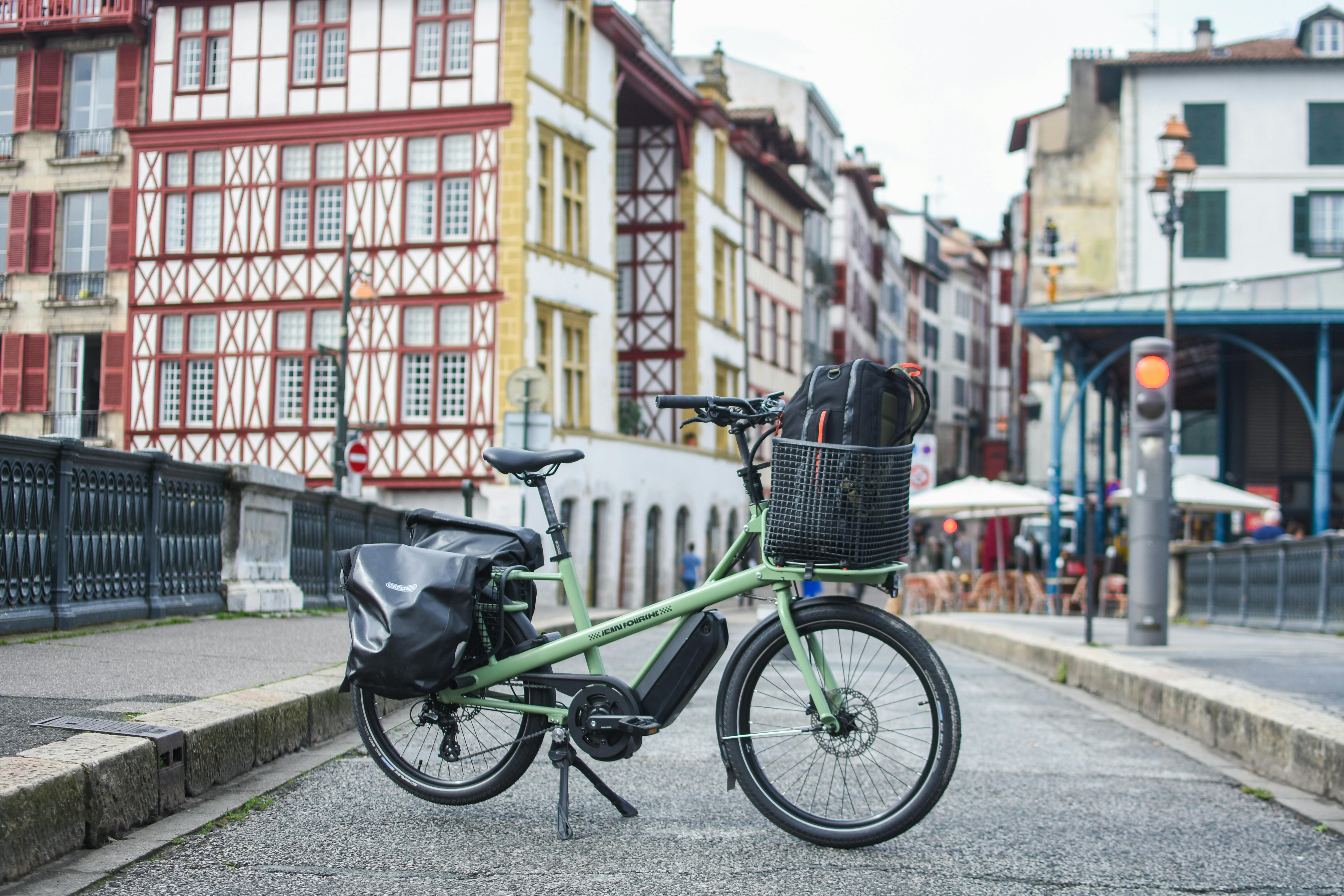"The Renaissance of Bicycle Travel: Unraveling the Wheels of Adventure"
An unprecedented resurgence is happening in the travel scene that is shifting gears toward sustainable and health-conscious trends. Bicycle travel, a method once overshadowed by its engine-powered counterparts, is pedaling its way back onto the main road. This article delves into the revival of bicycle travel, its historical context, current trends, and how it is revolutionizing the way people traverse the world.

The Spokes of History
Bicycle travel has a rich history that dates back to the early 19th century. The invention of the bicycle, or “velocipede,” in 1817 by German inventor Karl Drais marked the beginning of an era of human-powered transport. By the late 1800s, bicycles became more practical and comfortable, sparking a bicycle craze known as the “Bicycle Boom.” The rise of the automobile in the 20th century pushed bicycle travel to the sidelines for a time, but recent developments have brought this eco-friendly form of travel back to prominence.
Pedaling into Today’s Trends
The 21st century has seen a resurgence of bicycle travel due to growing environmental awareness and the pursuit of healthier lifestyles. Cities around the world are investing in bicycle infrastructure, promoting bike-sharing programs, and organizing cycling events. Moreover, the advent of electric bikes has made cycling more accessible to people of all ages and fitness levels, opening up new avenues for travel and exploration.
The Wheels of Change: Advantages and Challenges
Bicycle travel offers numerous advantages. It is cost-effective, environmentally friendly, and promotes physical health. Cycling allows travelers to move at their own pace, soaking in the scenery and discovering hidden gems that they might miss when traveling by car or public transport.
However, bicycle travel also presents challenges. It requires physical fitness and endurance, especially for long-distance trips. Travelers must also grapple with varying weather conditions, difficult terrains, and the logistical complexities of transporting a bicycle. Despite these challenges, the rewards of bicycle travel often outweigh the obstacles.
The Bicycle Travel Impact
Bicycle travel’s impact is felt on multiple levels. On a personal level, it fosters a deeper connection with the environment and local communities. On a societal level, it reduces carbon emissions and eases traffic congestion. On an economic level, it can boost local economies by promoting tourism in areas not typically accessible by motorized transport.
Pedal-Powered Insights
- Electric bikes are a game-changer, making cycling accessible to a broader demographic and enabling longer travel distances.
- Bikepacking, a fusion of mountain biking and minimalist camping, is growing in popularity among adventure seekers.
- Many cities offer bike-sharing programs, providing a convenient and affordable way to explore urban landscapes.
- Bike tours are a great way to immerse oneself in a new culture, offering curated routes that showcase local attractions and culinary experiences.
In conclusion, the renaissance of bicycle travel is a testament to the evolving nature of travel trends. It appeals to the modern traveler’s desire for sustainable, health-conscious, and immersive experiences. While it presents a unique set of challenges, the rewards of bicycle travel are immense, offering a renewed sense of adventure and a refreshing perspective on the world. As we move forward, it’s clear that the wheels of bicycle travel will continue to roll, shaping the future of travel in exciting ways.




